Understanding Cognitive Health in an Aging Population
As the global population ages, maintaining cognitive health becomes a paramount concern. Aging adults face an increased risk of neurocognitive disorders, mental health challenges, and substance use disorders that can significantly affect their quality of life. This article explores therapeutic activities and comprehensive treatment models that support cognitive health and mental well-being among older adults, emphasizing evidence-based practices, social determinants, and integrated care strategies.
The Landscape of Cognitive Aging and Neurocognitive Disorders
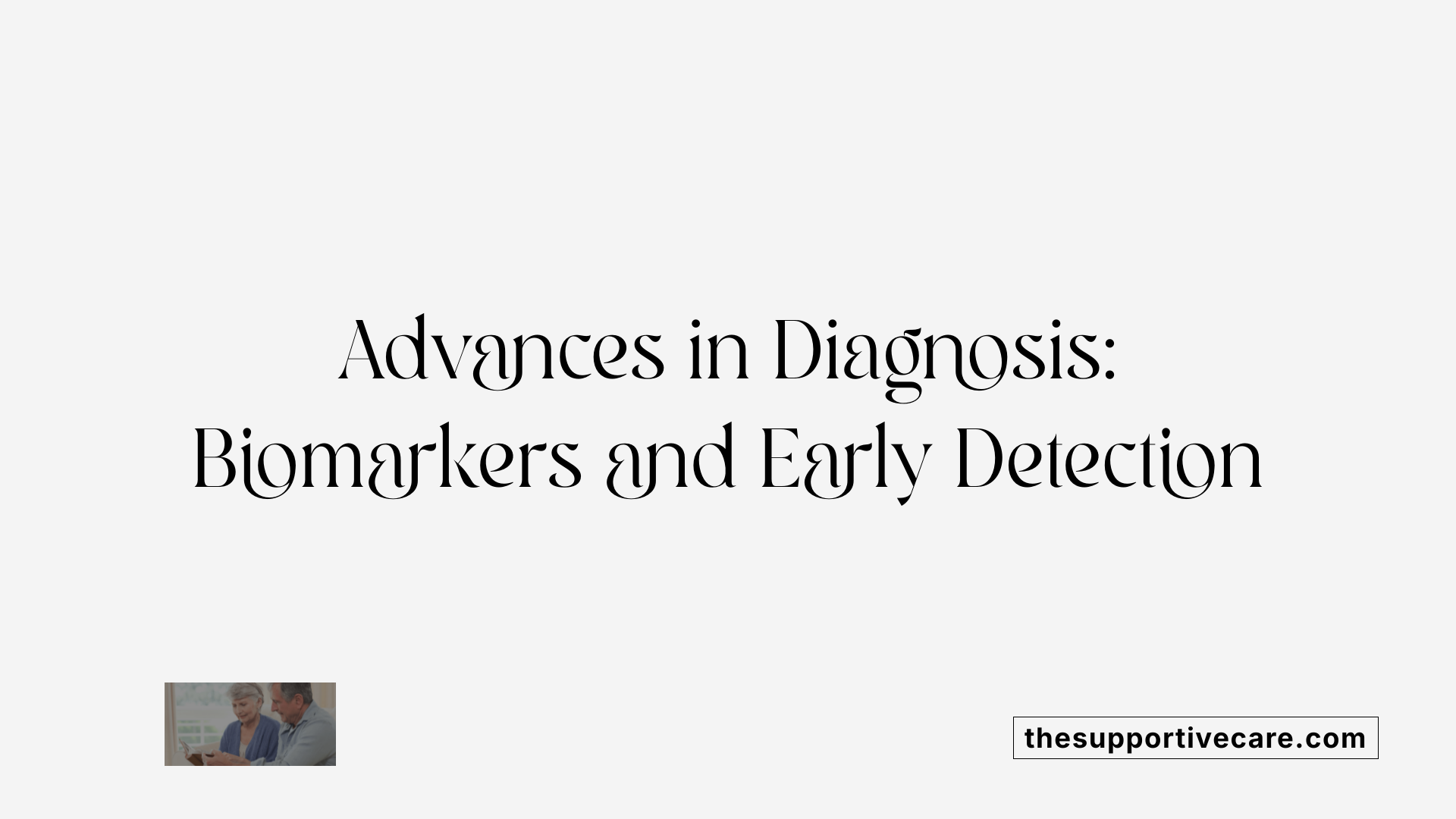
How does cognitive aging manifest and which neurocognitive disorders are prevalent among older adults?
Cognitive aging typically involves a gradual decline in episodic memory and executive function, affecting an individual's ability to recall specific events and manage complex tasks. This decline, however, is influenced by lifestyle factors such as physical exercise, diet, and management of chronic health conditions, which can help moderate its progression.
Among older adults, several neurocognitive disorders are particularly common. Alzheimer's disease is the most prevalent form, characterized by pathological accumulations of amyloid plaques and tau protein tangles in the brain. Other significant neurocognitive disorders include vascular dementia, Lewy body dementia, and frontotemporal dementia, each with unique pathophysiological profiles and clinical presentations.
The global prevalence of these disorders is increasing, with projections indicating a substantial rise in cases over the coming decades. This escalation emphasizes the urgent need for improved diagnostic tools and early detection methods. Biomarkers such as amyloid and tau PET imaging, cerebrospinal fluid markers, and emerging blood tests are now being used to facilitate earlier diagnosis and monitor disease progression.
The evolving landscape of neurocognitive disorders demands a multidisciplinary approach to care, integrating clinical management with advances in biomarker identification to better address the rising challenges of cognitive aging worldwide.
Promoting Positive Dimensions of Aging for Mental Health
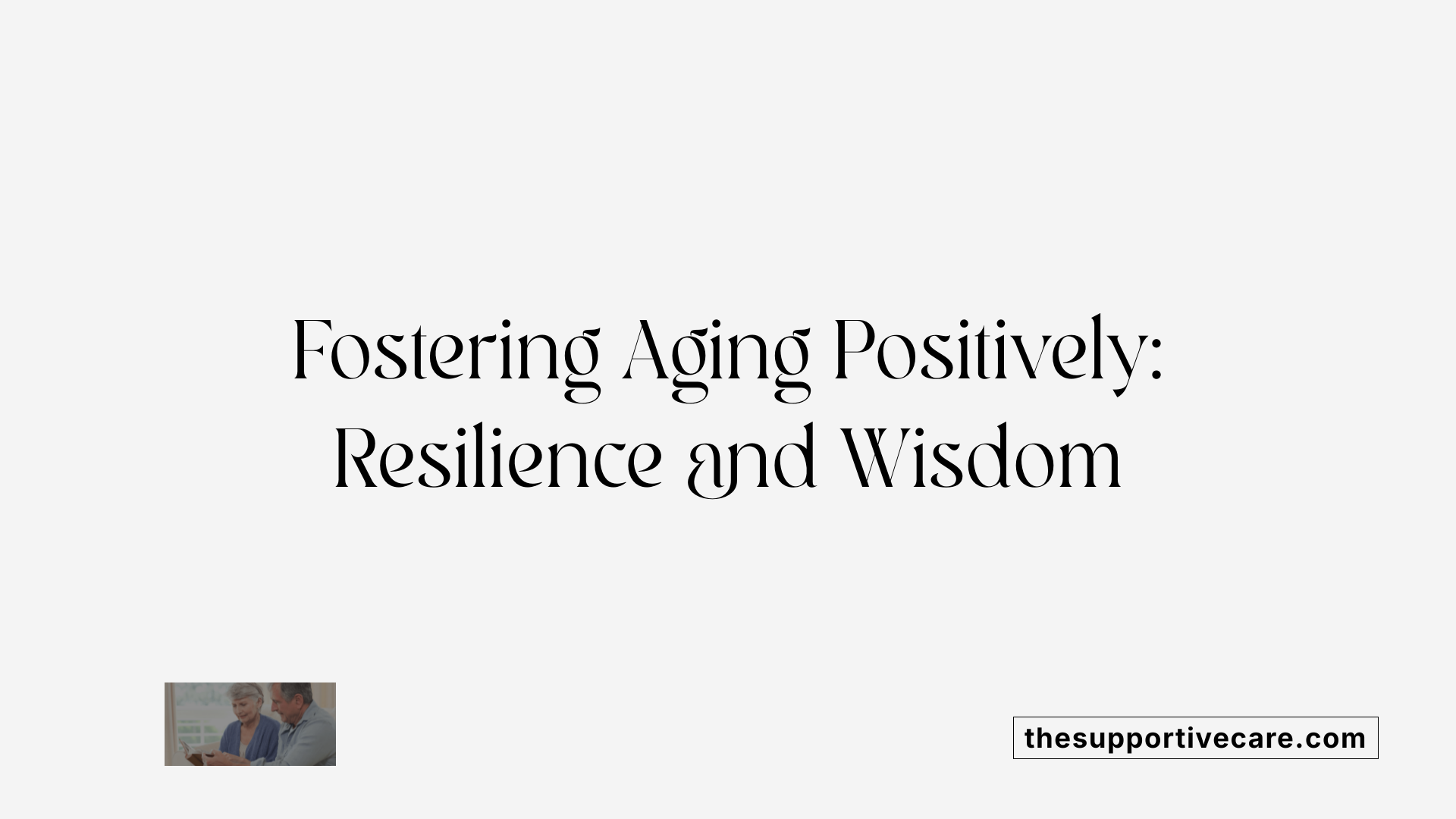
How Do Resilience, Wisdom, and Prosocial Behaviors Contribute to Mental Health in Older Adults?
Resilience, wisdom, and prosocial behaviors are vital positive elements that foster mental well-being in older adults. Resilience enables individuals to cope effectively with life’s challenges, such as loss or illness, reducing the risk of depression and anxiety. Wisdom, often gained through life experiences, helps older adults make thoughtful decisions and find meaning in later life stages. Prosocial behaviors, including helping others and community involvement, strengthen social bonds and provide a sense of purpose, which are crucial to maintaining psychological health.
In What Ways Can Positive Psychiatry Help Combat Ageism?
Positive psychiatry focuses on understanding and enhancing well-being by promoting positive psychosocial factors such as optimism, social engagement, and purpose. By valuing these strengths in older adults, positive psychiatry challenges stereotypes and combats ageism—prejudices that negatively impact mental health outcomes. Emphasizing strengths rather than deficits helps foster respectful attitudes among healthcare providers and society, encouraging more inclusive and empowering care for the elderly.
Why Is Social Participation a Key Determinant of Well-Being in Aging?
Social participation is a fundamental social determinant influencing mental health and well-being as people age. Engaging in community activities, maintaining relationships, and finding meaningful roles help prevent social isolation and loneliness. These social connections can delay cognitive decline, enhance mood, and improve overall quality of life. Programs that encourage active involvement and support older adults in staying connected play an essential role in promoting healthy aging.
Key Social Determinants Impacting Cognitive Health in Older Adults

Effects of social isolation, loneliness, and ageism
Social isolation and loneliness are major factors adversely affecting mental health in older adults, often leading to increased risks of depression, anxiety, and cognitive decline. Ageism further compounds these issues by fostering negative stereotypes and limiting opportunities for meaningful engagement, which can exacerbate feelings of exclusion and diminish self-esteem.
Importance of community engagement and social participation
Community engagement acts as a protective factor that promotes resilience, wisdom, and a sense of meaning in life. Active participation in social activities helps older adults maintain cognitive function and emotional well-being. Social participation encourages prosocial behaviors and combats the stigma associated with aging, supporting a more positive mental health outlook.
Workforce shortages and disparities affecting access to care
Shortages in the behavioral health workforce present significant barriers to effective care for older adults. These shortages, combined with disparities related to socioeconomic status, race, and rural residency, limit access to comprehensive mental health services. This results in many older individuals not receiving the care they need, thereby worsening outcomes for cognitive and emotional health.
| Social Determinant | Impact on Older Adults | Implications for Care |
|---|---|---|
| Social isolation & loneliness | Increased depression, cognitive decline | Need for outreach and social support programs |
| Ageism | Reduced self-esteem and access to opportunities | Importance of anti-ageism initiatives |
| Community engagement | Enhanced cognitive resilience and emotional well-being | Promotion of social participation activities |
| Workforce shortages | Limited access to qualified mental health providers | Expansion of workforce and telehealth services |
| Disparities ( socioeconomic, racial, rural ) | Inequitable care and health outcomes | Implementation of culturally sensitive care |
Preventive Strategies and Lifestyle Interventions for Dementia

Educational and Physical Activity Programs
Educational initiatives that raise awareness about dementia and its risk factors play a crucial role in prevention. Combined with regular physical activity, these programs help maintain brain health by improving cardiovascular function and promoting neuroplasticity, which can delay or reduce cognitive decline.
Dietary Counseling and Vascular Risk Factor Control
Dietary counseling emphasizes balanced nutrition, focusing on heart-healthy foods rich in antioxidants, vitamins, and omega-3 fatty acids. Managing vascular risk factors such as hypertension, diabetes, and high cholesterol is essential since these conditions contribute to the development of dementia. Controlling these risks lowers the chances of cerebrovascular damage, which is linked to cognitive impairment.
Cognitive Training and Risk Monitoring Benefits
Engaging in cognitive training activities strengthens episodic memory and executive functions often affected in aging. Regular risk monitoring, including tracking cognitive performance and managing co-existing health conditions, supports early detection and timely intervention. Together, these strategies provide measurable cognitive benefits and contribute to successful aging.
These lifestyle interventions, when integrated, foster a comprehensive approach to reducing the onset and severity of dementia, emphasizing prevention through education, physical wellness, diet, and mental stimulation.
Advances in Diagnosis and Treatment of Alzheimer's and Other Dementias

Biomarkers Including Amyloid and Tau Imaging
Recent strides in diagnosing Alzheimer's disease heavily rely on advanced biomarkers. Amyloid and tau PET imaging have become instrumental in detecting characteristic pathological changes in the brain. Alongside PET scans, cerebrospinal fluid analysis of amyloid and tau proteins offers valuable diagnostic information.
Emerging Blood Tests for Early Diagnosis
Complementing imaging and CSF biomarkers, blood tests are emerging as less invasive tools that hold promise for early diagnosis and monitoring of neurocognitive disorders. These tests are gaining traction for their potential to simplify screening and enable broader, earlier intervention.
Disease-Modifying Drugs such as Aducanumab and Controversies
The advent of disease-modifying therapies marks a significant milestone. Aducanumab, targeting amyloid plaques, was approved as one such drug. However, it has stirred debate regarding its clinical efficacy and high cost, illustrating the complexities in advancing treatment for Alzheimer's disease.
Diagnostic Criteria for Other Dementias
Beyond Alzheimer's, improvements have also been made in understanding and diagnosing other dementias, including vascular dementia, Lewy body dementia, and frontotemporal dementia. Updated diagnostic criteria and new biomarkers enhance differentiation and enable targeted approaches based on specific pathophysiological mechanisms.
These advances represent an evolving landscape in dementia care, blending precision diagnostics with novel therapeutics to improve patient outcomes and tailor interventions more effectively.
Therapeutic Approaches: Psychosocial and Pharmacologic Interventions
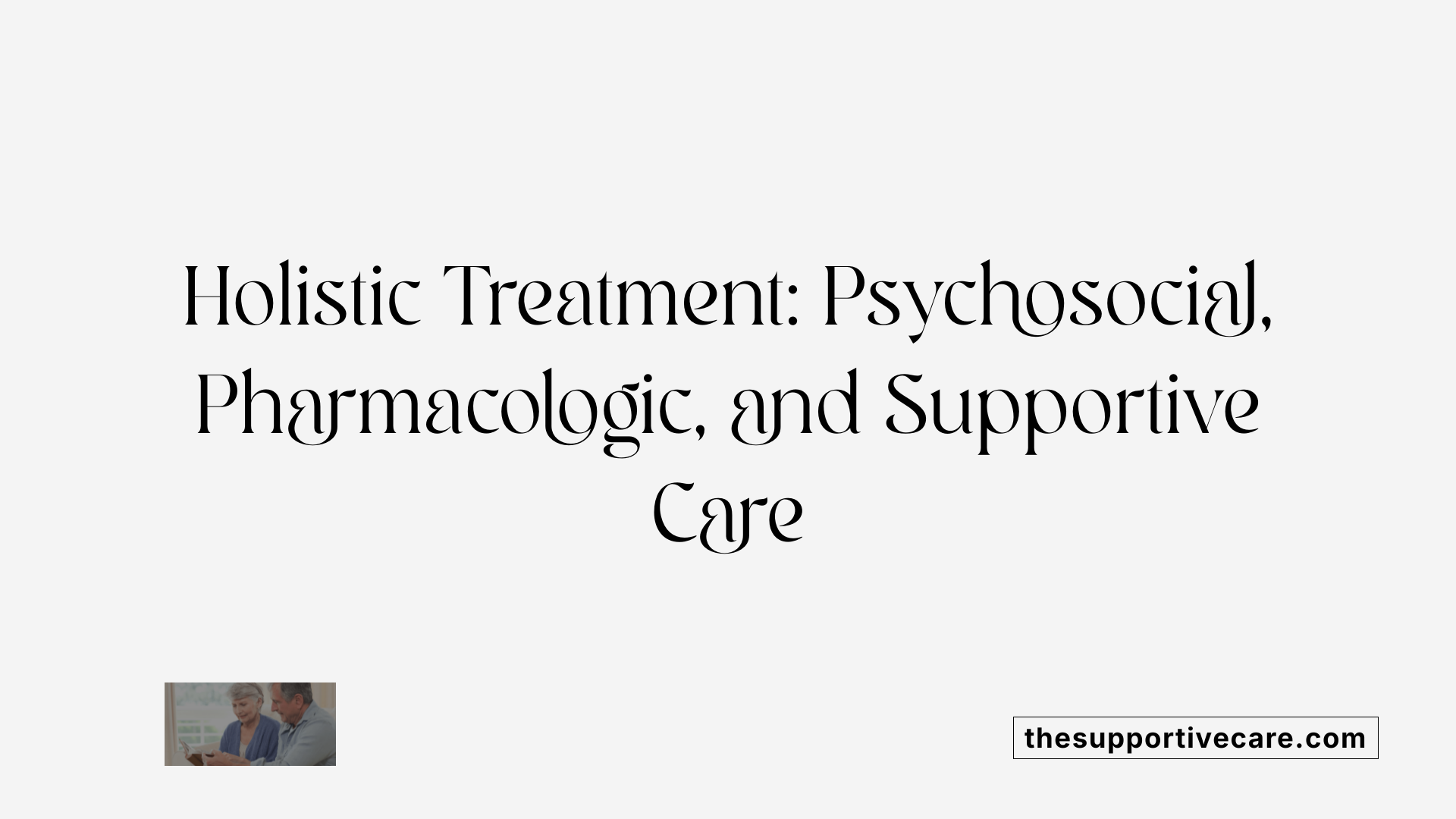
Psychosocial interventions and cognitive training
Psychosocial interventions play a vital role in treating neurocognitive disorders such as dementia. These approaches focus on improving cognitive function, managing behavioral symptoms, and enhancing overall quality of life. Cognitive training exercises, for example, help stimulate memory, attention, and problem-solving skills, potentially delaying cognitive decline. Social participation and supportive group activities complement cognitive training by fostering meaningful engagement and reducing isolation.
Advanced care planning
Advanced care planning is an essential part of treatment in older adults with neurocognitive disorders and other mental health conditions. It involves early discussions about patients’ preferences regarding medical care, decision-making capacity, and end-of-life wishes. This proactive approach ensures that care aligns with individual values and helps families and care teams prepare for future needs, promoting dignity and autonomy.
Emphasis on individualized and culturally sensitive treatment
Interventions must be tailored to the unique circumstances of each older adult, considering cultural background, medical history, and personal goals. Culturally sensitive care addresses language, beliefs, and customs, enhancing trust and adherence to treatment plans. Individualized pharmacologic therapies, alongside psychosocial support, create a holistic framework that respects diversity and promotes effective management of mental health and cognitive disorders in aging populations.
Understanding and Managing Schizophrenia in Older Adults

How Does Schizophrenia Differ in Older Adults Compared to Younger Individuals?
Schizophrenia in older adults can present differently than in younger patients. Some older adults experience a milder clinical course, with improvements over time, which may contrast with the more persistent symptoms often seen in early-onset cases. Additionally, a subtype known as late-onset schizophrenia typically emerges after the age of 40 and appears to affect women more frequently than men.
What Is the Role of Estrogen in Protecting Women Against Schizophrenia?
Research suggests that estrogen may have protective effects against schizophrenia, which could partly explain the higher incidence of late-onset schizophrenia in women. Estrogen's modulation of neurotransmitter systems might contribute to delayed onset or milder symptoms, highlighting the importance of hormonal influences in the disorder's progression among older females.
What Are the Effective Treatment Options for Older Adults with Schizophrenia?
Treatment for schizophrenia in older adults commonly includes second-generation antipsychotics, which offer a favorable side effect profile compared to older medications. Alongside pharmacotherapy, psychosocial skills training plays a crucial role in improving functionality and social integration. Personalized interventions focused on minimizing side effects and enhancing quality of life are essential components of care. Social support systems and tailored psychosocial therapies complement medication to provide comprehensive management.
These approaches encourage improved adherence, functional ability, and overall outcomes while being sensitive to the unique needs of older adults living with schizophrenia.
Comprehensive Treatment Services for Substance Abuse and Mental Health in Aging Adults

What types of comprehensive treatment services are available for substance abuse, mental health issues, and various forms of addiction?
Comprehensive treatment for substance abuse and mental health disorders in aging adults encompasses a broad spectrum of evidence-based modalities tailored to diverse needs. Medical detoxification serves as the crucial first step for many, providing safe management of withdrawal symptoms. This process often precedes inpatient or outpatient rehabilitation programs that offer structured environments for recovery.
Counseling is integral, available in both individual and group forms, addressing psychological, behavioral, and social aspects. Psychiatric care helps manage co-occurring mental illnesses such as depression or anxiety, commonly affecting older populations. Support groups provide peer encouragement and reduce social isolation, enhancing recovery outcomes.
Medication Assisted Treatment (MAT) is especially critical for opioid use disorder, combining FDA-approved medications with counseling to improve abstinence rates. This approach is adaptable to older adults' unique physiological and psychosocial profiles.
Specialized services also cater to particular populations such as pregnant women and mothers, ensuring safety and comprehensive care during sensitive life stages. Community programs bolster these clinical efforts, including crisis helplines like the 988 Suicide & Crisis Lifeline for urgent mental health support and Naloxone training initiatives aimed at reversing opioid overdoses in community settings.
Integrated behavioral health care models unify mental health, substance abuse treatment, and primary care. This multidisciplinary approach ensures coordinated, person-centered care, addressing the multifaceted challenges older adults face and improving access, continuity, and long-term recovery prospects.
These comprehensive services emphasize not only acute treatment but also promote ongoing wellness, cognitive health, and improved quality of life among older adults navigating substance use and mental health challenges.
Recognition and Treatment of Mental Illness and Substance Use Disorders in Older Adults
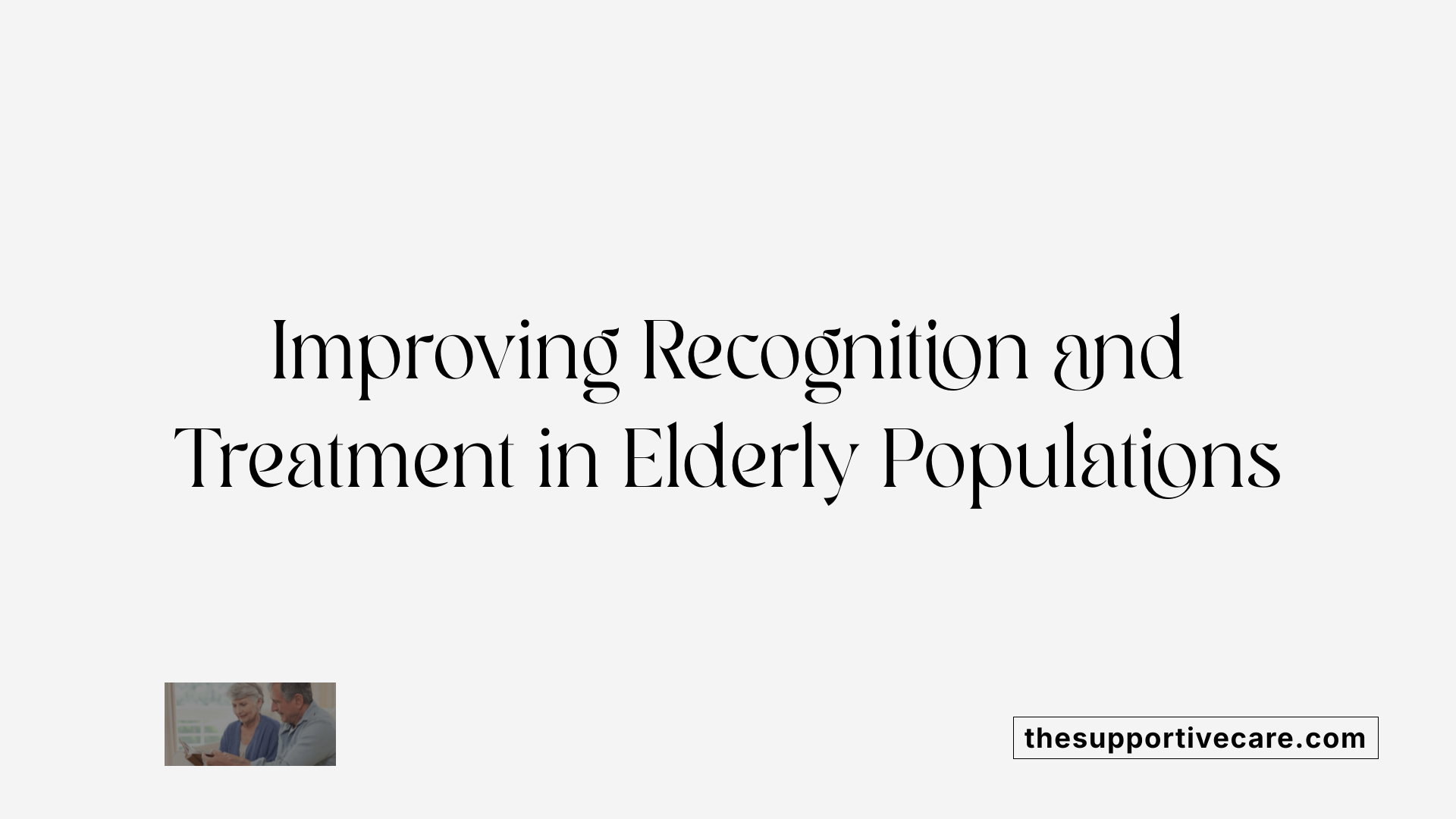
Prevalence of Mental Illness and Substance Use Disorders
Approximately 14% of adults over 50 experience some form of mental illness, with about 3% suffering from serious mental illness (SMI). Substance misuse is also noteworthy, with 0.2-1.9% diagnosed with substance use disorders and nearly 20% unintentionally misusing prescription drugs or alcohol. Veterans show an even higher prevalence, with around 50% affected by mental health or substance use problems.
Challenges in Recognition and Treatment Uptake
Despite high prevalence, fewer than 40% of older adults with mental or substance use disorders receive treatment. Several factors contribute to under-recognition, including atypical symptom presentations, stigma, and insufficient screening in clinical settings. Older adults may express depression through somatic complaints or cognitive difficulties rather than typical mood symptoms, complicating diagnosis.
Common Symptoms and Screening Tools
Mental health conditions in seniors often present with unique symptoms such as somatic complaints, functional changes, or gastrointestinal and cardiac manifestations related to anxiety. Screening tools effective for this population include the Geriatric Depression Scale (GDS), PHQ-2, PHQ-9 for depression, and cognitive assessments like Mini-Cog, MMSE, and MoCA. Recognizing neuropsychiatric symptoms such as behavioral changes in dementia is also critical.
Risks Linked to Substance Misuse
Substance misuse in older adults elevates risks of serious adverse events including falls, hospitalizations, and harmful interactions with multiple medications. Physiological changes with aging increase sensitivity to alcohol and drugs, exacerbating these dangers. Common symptoms of substance use disorder encompass mood shifts, social withdrawal, neglect of hygiene, and increased accidents.
Early identification and tailored interventions are essential to mitigate these risks and improve quality of life for elderly individuals facing mental health and substance use challenges.
Evidence-Based Psychotherapies and Support Programs for Older Adults

Use of Cognitive Behavioral Therapy (CBT), Interpersonal Therapy (IPT), and Problem-Solving Therapy (PST)
CBT, IPT, and PST are proven psychotherapies effectively treating depression and anxiety in older adults. CBT helps by identifying and changing negative thought patterns, IPT focuses on improving interpersonal relationships, and PST teaches problem-solving skills to manage daily stressors. These therapies are adaptable and considerate of the unique challenges faced by the elderly, including cognitive decline and physical health complications.
Programs Like IMPACT, PEARLS, and Healthy IDEAS Targeting Depression
Specialized programs such as IMPACT (Improving Mood-Promoting Access to Collaborative Treatment), PEARLS (Program to Encourage Active, Rewarding Lives), and Healthy IDEAS use evidence-based approaches tailored for older adults. They focus on enhancing mood, promoting engagement in meaningful activities, and reducing depressive symptoms through education, counseling, and community support. These programs often operate in primary care and community settings, improving accessibility and adherence.
Supportive Care Models for Serious Mental Illness
Models such as Integrated Illness Management and Recovery (I-IMR), Helping Older People Experience Success (HOPES), and Cognitive Behavioral Social Skills Training (CBSST) cater to older adults with serious mental illness (SMI). These integrated approaches combine medication management, psychosocial rehabilitation, and skills training to improve functioning and social integration. Culturally sensitive and individualized care planning is emphasized to address the holistic needs of patients.
4Ms Framework Guiding Age-Friendly Behavioral Health Care
The 4Ms framework - What Matters, Medication, Mentation, and Mobility - is instrumental in delivering high-quality behavioral health care to older adults. It ensures care is aligned with each individual's goals (What Matters), safe medication use, effective management of cognitive health (Mentation), and support of mobility to maintain independence. This framework facilitates multidisciplinary teams to coordinate comprehensive mental health services effectively.
Integrated and Person-Centered Care Models
Collaborative multidisciplinary teams in treatment planning
Effective mental health care for older adults relies on collaboration among diverse health professionals. Multidisciplinary teams often include psychiatrists, psychologists, addiction counselors, social workers, and primary care physicians. These teams coordinate to develop holistic, person-centered care plans that address the complex interaction of physical, mental, and social factors influencing an aging individual’s health.
Integration of behavioral health into primary and long-term care
Bridging behavioral health with primary care and long-term care settings is essential for serving older adults effectively. Integrated care models streamline communication, enable early identification of disorders, and facilitate timely interventions. This coordinated approach reduces fragmentation and improves treatment adherence by connecting mental health services with routine medical care and community resources.
Culturally sensitive and individualized treatment approaches
Person-centered care prioritizes individual medical histories, cultural backgrounds, personal values, and goals. Tailored interventions include personalized psychotherapy, medication management, and social support strategies that respect patients’ unique experiences. Culturally sensitive practices enhance engagement, reduce disparities, and improve outcomes by aligning treatment to each older adult’s preferences and needs.
Use of behavioral health metrics and billing for sustainability
Utilizing behavioral health outcome metrics enables providers to assess treatment effectiveness systematically. Incorporating billing codes specific to behavioral health services supports reimbursement and financial sustainability of integrated care models. These practices incentivize quality improvement and resource allocation tailored to the needs of older adults.
By combining multidisciplinary teamwork, integration of behavioral health with other care settings, individualized culturally informed approaches, and the use of data-driven sustainability strategies, mental health services for aging populations become more accessible, effective, and enduring.
Addressing Social Isolation and Loneliness to Enhance Cognitive Health
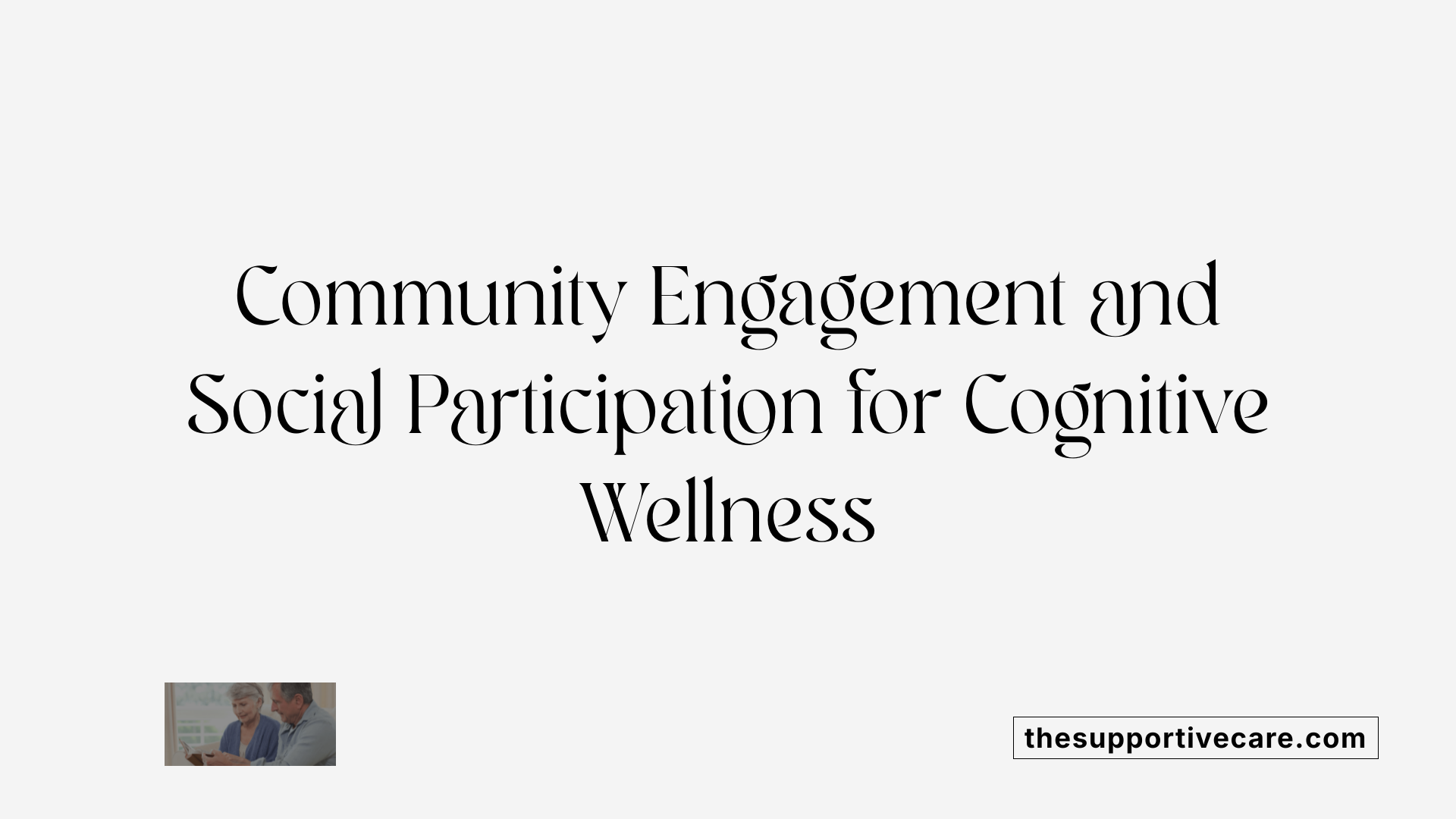
What is the impact of loneliness on mental health and cognitive decline?
Loneliness and social isolation have significant negative effects on mental health in older adults, contributing to increased rates of depression, anxiety, and substance use disorders. These social determinants also accelerate cognitive decline, increasing the risk for neurocognitive disorders such as dementia. Isolation may worsen psychosocial stress and reduce protective factors like resilience and meaning in life, which are essential for psychological well-being and cognitive preservation.
How do community engagement and social participation influence mental health?
Engaging with community and maintaining social participation are powerful tools to counteract loneliness and support cognitive and emotional health. Social connections promote resilience, wisdom, and prosocial behaviors, all of which foster a sense of purpose and belonging. These positive social determinants help buffer stress, improve mood, and may slow cognitive aging processes, contributing to successful aging and improved mental health outcomes.
What programs are designed to foster social connection in older adults?
Several evidence-based programs target social isolation to improve mental health in older adults. Initiatives like Healthy IDEAS, PEARLS, and IMPACT focus on depression and mood enhancement but also emphasize social involvement. Supportive care models providing case management, peer support, and community-based activities help increase social participation. These programs often include outreach and coordination to connect older adults with resources that build social networks and reduce loneliness.
By addressing social isolation and promoting community engagement through such targeted programs, we can improve cognitive health and overall well-being in aging populations.
Supporting Long-Term Recovery and Quality of Life in Older Adults with Co-Occurring Disorders
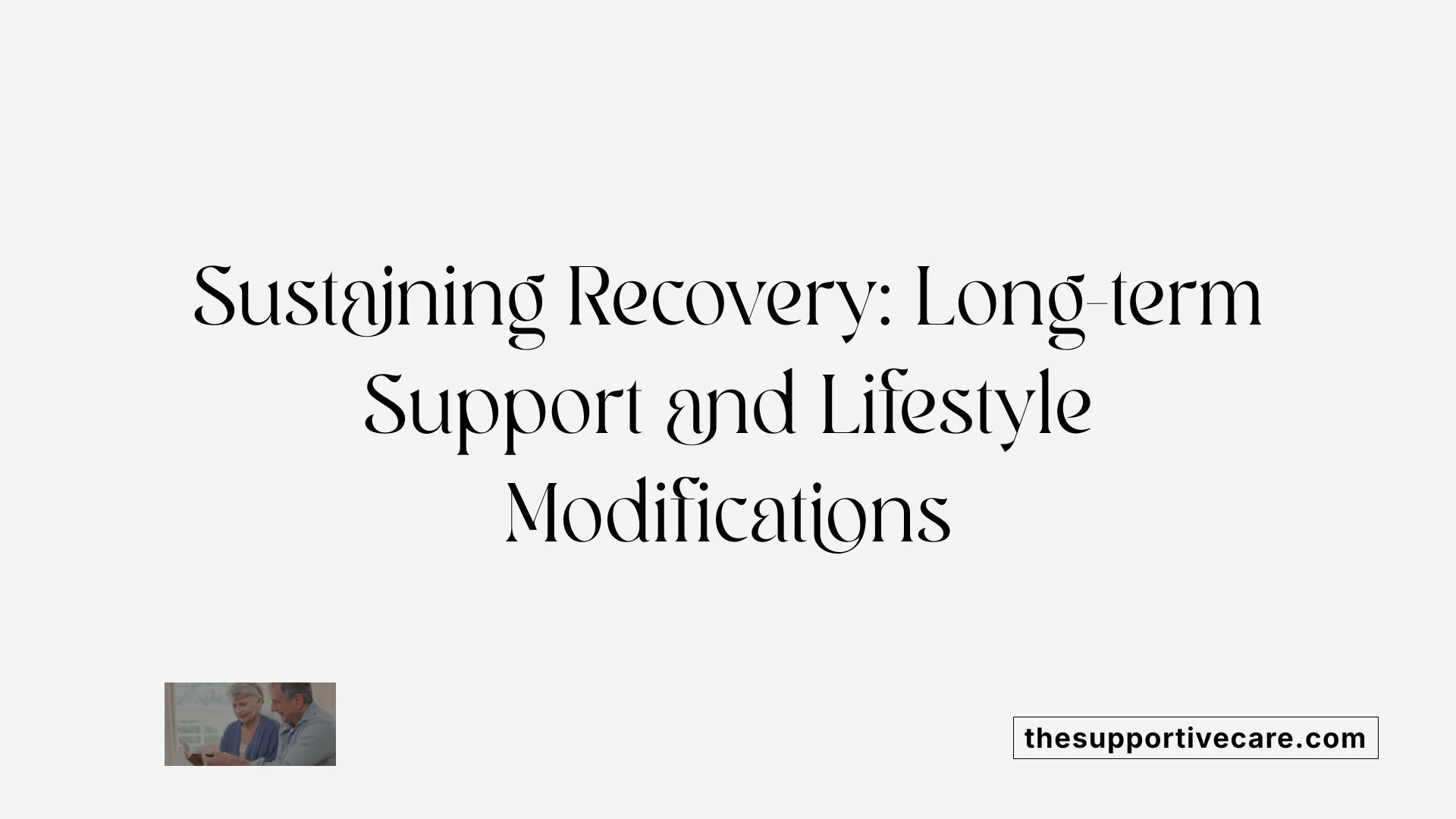
Importance of ongoing monitoring and aftercare planning
Long-term recovery for older adults with co-occurring mental health and substance use disorders requires continuous monitoring and aftercare planning. Regular follow-up allows healthcare providers to track symptom progression, medication adherence, and potential relapse signs. Tailored aftercare plans include scheduled therapy sessions, medication management, and crisis intervention measures, ensuring sustained support as needs evolve.
Lifestyle modifications promoting cognitive and mental health
Adopting healthy lifestyle changes plays a vital role in enhancing cognitive function and mental well-being among older adults. Key modifications include engaging in regular physical exercise, maintaining a nutritious diet, and participating in cognitive training activities. Managing chronic conditions like hypertension and diabetes further contributes to reducing dementia risk and improving mood.
Case management, transportation, peer support services
Comprehensive case management is essential for coordinating care among multidisciplinary teams, facilitating access to services, and personalizing treatment plans. Transportation services help overcome mobility barriers, enabling older adults to attend medical appointments and community programs. Peer support groups offer social connection and shared experiences, contributing positively to mental health resilience and recovery adherence.
Implementing these integrated strategies promotes not only effective management of mental health and substance use disorders but also enhances overall quality of life and successful aging in the older population.
Significance of Suicide Prevention and Safety Planning in Aging Populations

High Suicide Rates Among Older Males Over 85
Older males aged over 85 represent one of the highest risk groups for suicide. This demographic faces unique challenges including social isolation, physical health declines, and mental health disorders such as depression and anxiety, which contribute significantly to suicidal ideation and completion.
Risk Assessment Including Firearm Safety Counseling
Effective suicide prevention requires thorough risk assessment tailored to older adults. Given the prevalence of firearm-related suicides among this group, counseling on firearm safety and safe storage is a critical part of the assessment. Providers use dedicated tools to engage in conversations about reducing access to lethal means, which can significantly reduce suicide risks.
Behavioral Activation, Neurostimulation, and Safety Planning as Interventions
Intervention strategies include behavioral activation, which encourages engagement in meaningful and enjoyable activities to counter depressive symptoms. Neurostimulation therapies, such as electroconvulsive therapy (ECT), are beneficial particularly in treatment-resistant depression common in older adults. Safety planning incorporates personalized steps that individuals can take during crises, including identifying warning signs, coping strategies, and emergency contacts.
These combined approaches form a comprehensive strategy to address suicide risk among aging populations, emphasizing individualized and culturally sensitive care to improve mental health outcomes.
Barriers to Access and the Need for Expanded Services and Funding
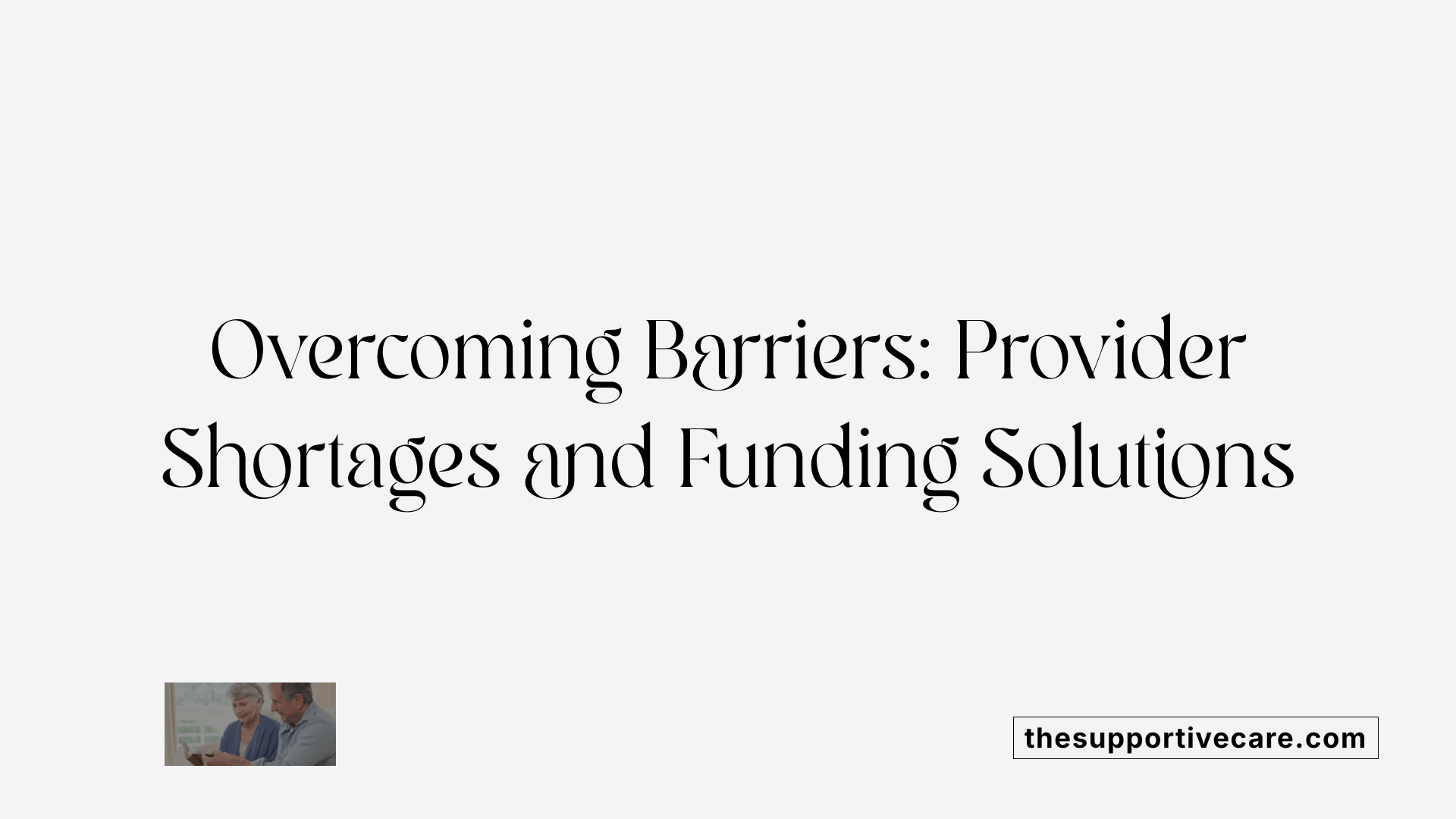
What provider and cost challenges limit older adults' access to behavioral health services?
Access to behavioral health services for older adults faces significant hurdles, chiefly stemming from shortages of specialized providers and the high costs associated with care. Many regions experience a lack of geriatric psychiatrists, psychologists, and addiction counselors, which restricts timely and appropriate treatment for this growing population. Furthermore, out-of-pocket expenses for counseling, medication management, and long-term care often deter older adults from seeking or continuing mental health care despite Medicare coverage.
How does Medicare coverage fall short for older adults needing mental health care?
While Medicare does cover a range of behavioral health services, including counseling and medication management, gaps persist that impact access and quality. Notably, there are limitations on the scope and frequency of reimbursable services, and many providers do not accept Medicare due to low reimbursement rates. These factors create barriers in obtaining specialized care and integrated services, which are critical to addressing complex mental health and substance use disorders in older adults.
What steps are states taking to improve mental health service accessibility and quality for aging populations?
State policy efforts play a pivotal role in expanding behavioral health services for older adults. Initiatives often focus on increasing funding for evidence-based programs tailored to seniors, enhancing workforce development to address provider shortages, and promoting integrated care models that connect mental health with primary and long-term care settings. Moreover, many states prioritize the use of standardized behavioral health metrics and billing codes to improve outcome tracking and sustain quality across community services.
These targeted policies and funding expansions are crucial to overcoming existing access barriers, ensuring that older adults receive comprehensive and culturally sensitive behavioral health care that aligns with their unique needs.
Promoting Cognitive Vitality Through Multidimensional Care
Maintaining and enhancing cognitive health in aging adults requires a multifaceted approach that combines preventive lifestyle interventions, evidence-based treatments for mental health and substance use disorders, and robust social support systems. Integration of behavioral health within primary and community care settings, supported by multidisciplinary teams, ensures tailored and comprehensive care delivery. Addressing social determinants such as isolation and ageism, alongside advances in diagnostics and therapeutics, underpins successful aging and improved mental well-being. Ongoing investment in access, policy, and education remains critical to meet the growing needs of an aging world.
References
- Mental health care for older adults: recent advances and new ...
- State TA: Supporting the Mental Health Needs of Older Adults
- Integrating Mental Health Support and Addiction Treatment ...
- Substance Abuse in Older Adults: Treatment for the Elderly
- Integrated Behavioral Health Care for Older Adults
- Home | SAMHSA - Substance Abuse and Mental Health ...
- Substance Use Treatment



































































































